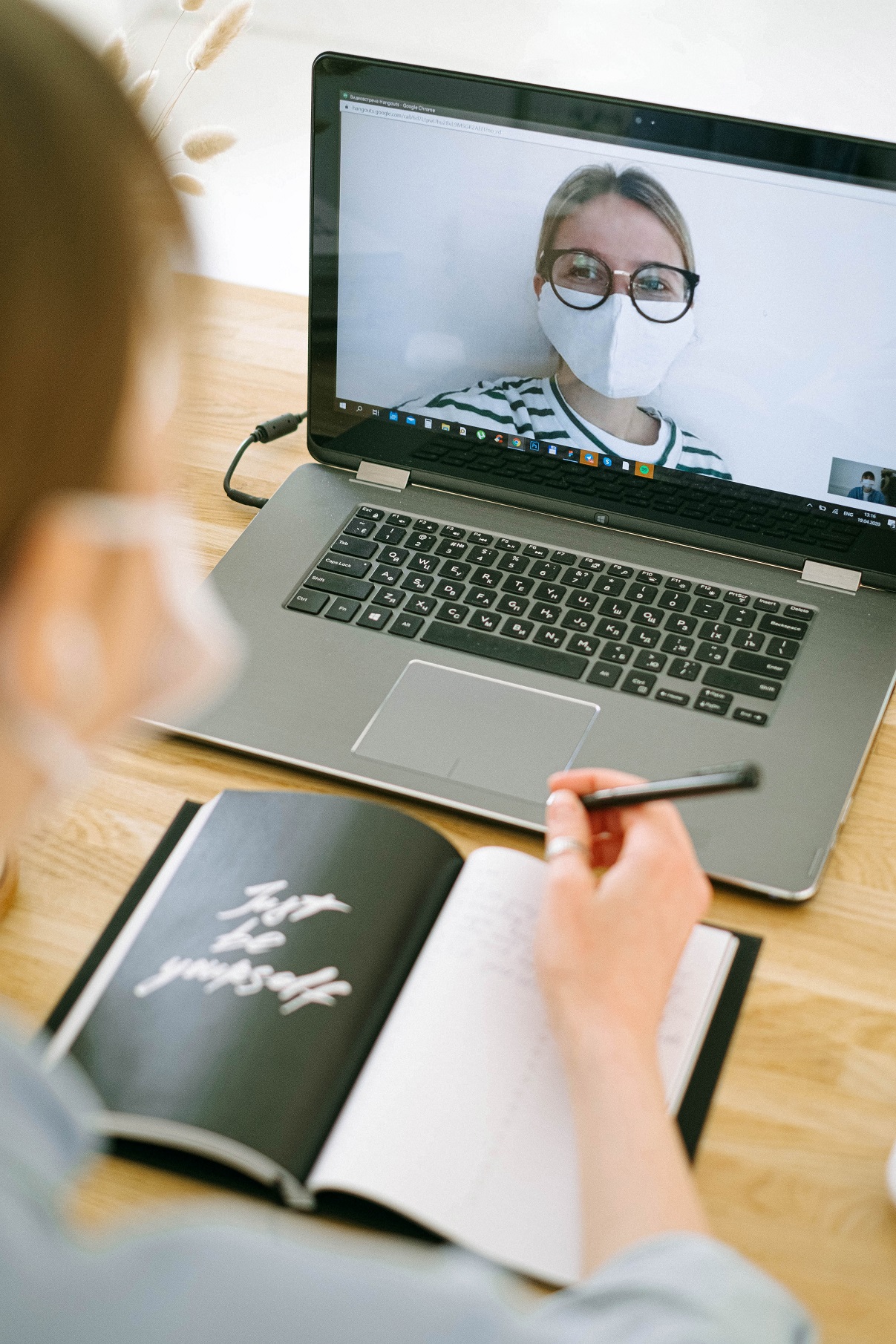Headspace Takes off in Australia, but Not Without Criticism

Headspace Takes off in Australia, but Not Without Criticism
It’s no secret that the mental health of young people has been at the forefront of public consciousness more so than ever before. Even before COVID-19 restrictions came into play, adolescents have become increasingly more isolated from one another due to the technology they have at their fingertips. In order to mitigate the rising tide of adolescent apathy, anxiety and depression, Australia has outsourced about one third of its $2.3-billion-dollar budget to Headspace, a company that provides virtual and in-person counseling to Australians as well as outreach programs to schools. Since 2006, Headspace has opened 149 centers and funding has increased from $35 million to a whopping $780 million.Despite the financial investment and trust of the Australian government, the effectiveness of Headspace has recently been called into question by author Steve Kisley in the Medical Journal of Australia. Kisley claims there is little evidence Headspace significantly improves mental health outcomes and cites a both 2009 and 2015 studies that shows little, if any, change on the Kessler Psychological Distress Scale (K10). At best, these studies indicate that, “[the] evidence seems inconsistent with the current generous funding…”The CEO of Headspace, Jason Trethowan, has responded, however, that Kisley is using “biased” studies that have very limited sample sizes. Trethawon instead points to research yet to be peer-reviewed which focuses on a sample of 58,233 clients who completed surveys during both an initial appointment and a follow-up approximately 90 days later. According to the study, 60% showed improvements in anxiety, depression, or overall social functioning. Trethowan states that this study shows Headspace is an absolutely necessary tool for Australian youth post COVID to “...get through tough times…”
 Photo by Edward Jenner from Pexels
Photo by Edward Jenner from Pexels
Sources:
Sixteen years of innovation in youth mental healthcare in Australia: Outcomes for young people attending Headspace centre servicesStudy questions funding of mental health service Headspace amid lack of evidence it improves youth outcomesThe Advantages and Disadvantages of Online and Blended Therapy: Survey Study Amongst Licensed Psychotherapists in AustriaLatest evidence casts further doubt on the effectiveness of HeadspaceHeadspace CEO Jason Trethowan writes for us on social media and the mental health of young Australians
About Sara E. Teller
Sara is a credited freelance writer, editor, contributor, and essayist, as well as a novelist and poet with nearly twenty years of experience. A seasoned publishing professional, she's worked for newspapers, magazines and book publishers in content digitization, editorial, acquisitions and intellectual property. Sara has been an invited speaker at a Careers in Publishing & Authorship event at Michigan State University and a Reading and Writing Instructor at Sylvan Learning Center. She has an MBA degree with a concentration in Marketing and an MA in Clinical Mental Health Counseling, graduating with a 4.2/4.0 GPA. She is also a member of Chi Sigma Iota and a 2020 recipient of the Donald D. Davis scholarship recognizing social responsibility. Sara is certified in children's book writing, HTML coding and social media marketing. Her fifth book, PTSD: Healing from the Inside Out, was released in September 2019 and is available on Amazon. You can find her others books there, too, including Narcissistic Abuse: A Survival Guide, released in December 2017.
